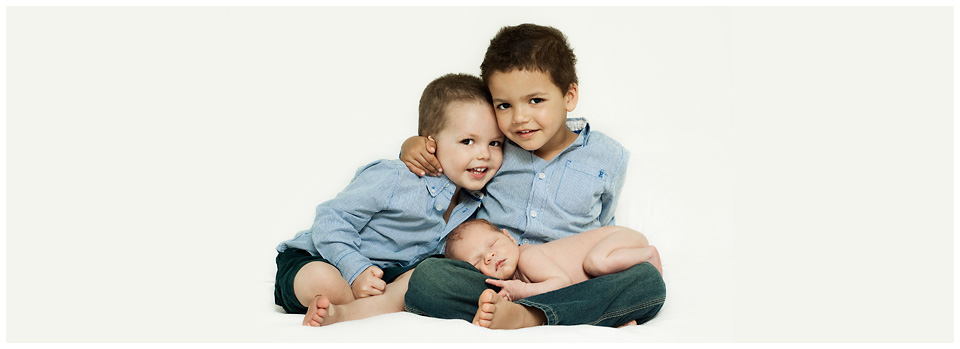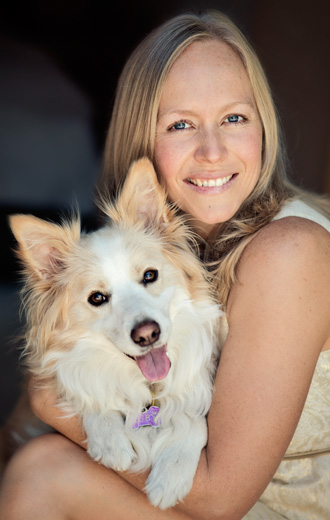It’s always nerving to post something like this on a blog ……
It’s been almost a year since completing Speech 6 in my Toastmasters manual and last night I broke the drought and completed speech 7! Being relevant to my portrait business I thought I would share it with you.
Of course reading it yourself is not going to get across the animation of the speech, compared to actually hearing it spoken, but well worth reading for the points it puts across 🙂 Enjoy!
Harvey Karp – www.happiestbaby.com
Imagine
Imagine a child who listens to your instructions.
Imagine a child who breathes before reacting to something that has annoyed them or a child who patiently waits for Mum to finish speaking to a friend before interrupting!
One part of my business is photographing children. I often come across little ones who are shy or upset or won’t listen. Their attention span is certainly short and I NEED to make sure I get those shots.
To have a better understanding of these little ones I started researching on that infinite web of knowledge and I came across this book by Dr Harvey Karp, a pediatrician in America.
This evening I want to share with you three key points from this book that resonated with me.
• Communicating with an upset child
• Breathing
• and Patience
First communicating with an upset child
I am sure at some stage you have needed to communicate or reason with an upset child?
It’s true isn’t it! An agitated child is terrible at listening!
According to Harvey Karp, communicating with any upset person goes like this …. Whoever is most upset talks first; the other person listens patiently and repeats back their feelings with care and interest. Only then does the listener take their turn to talk about what they think of the situation.
Makes sense to me! So when I come across that defiant child in a portrait session, I need to listen first then repeat back their feelings so they feel listened to and acknowledged.
Open minds become closed doors to an upset child BUT the doors can swing open again when their feelings are expressed and acknowledged.
Also when you take your turn to talk about the situation, it is important to take care of not only your choice of words, but how those words are said, like your tone and facial expressions.
The Second point is Breathing
Magic breathing as it is referred to by Harvey.
Have you ever told an upset child ‘Breathe’!
A timid or stressed child will automatically tighten up and hold their breath.
Harvey Karp suggests teaching children a simple breathing technique as it is a powerful natural stress reducer. It can be a self-control tool that can be used forever in moments of frustration
While it can take longer to teach magic breathing which a photo shoot doesn’t allow, a way around this at the time is for me to act like a goof. Children love imitating so I ask the child to copy me. Take a deep exaggerated breathe, hold it and then let out another exaggerated breathe and more often than not it turns into a fun little game that ends in laughter as the child bursts out laughing while they try to hold their breathe.
Before you know it the child is far more relaxed after a couple rounds of exaggerated magic breathing.
The third point is Patience
Well Harvey Karp calls it patience s-t-r-e-t-c-h-i-n-g!
While it is easier for a child to have learned this concept before I get to photograph them, according Harvey, I could practice patience stretching while on my shoots to stretch out the time I have with the kids before completely loosing them.
Apparently I can teach a child in just a few minutes how to wait patiently, even for just ten more seconds at a time – that is all I need to capture a few quality portraits.
For example, acting like a goof first captures the child’s attention like the magic breathing. Once I have their attention, to hold it for another 10 seconds I could do something silly like put their favourite toy on my head to balance, assuming it is small enough and ask them to watch it closely and count in their head how many seconds it will stay there for. Or I might ask them a silly question like ‘Is your toy still on my head’?
They of course are staring directly at me, patiently waiting for the toy to come sliding off my head. It is another opportunity to capture more portraits with a direct look and smile. Of course this can only be done a couple of times before I loose their patience again and I need to move onto another goofy action to control their patience.
This book taught me a few valuable points to apply to my little subjects on shoots!
But it became more than that!
How to communicate with an upset child, teaching a child to breathe in a moment of frustration and teaching a child the art of patience are life skills that are invaluable right through from childhood to adults.
Imagine a child who listens.
Imagine a child who breathes and self calms before reacting.
Imagine a child who is patient and less impulsive.
Surely it could be possible??!!
They say children aren’t very good at listening but are GREAT at imitating!
I shall leave you with a quote by Abraham Lincoln – Teach the children so it will not be necessary to teach the adults!





Brilliant Helen… Just Brilliant .. Well said.. XX
That’s a wonderful speech Helen!!!!